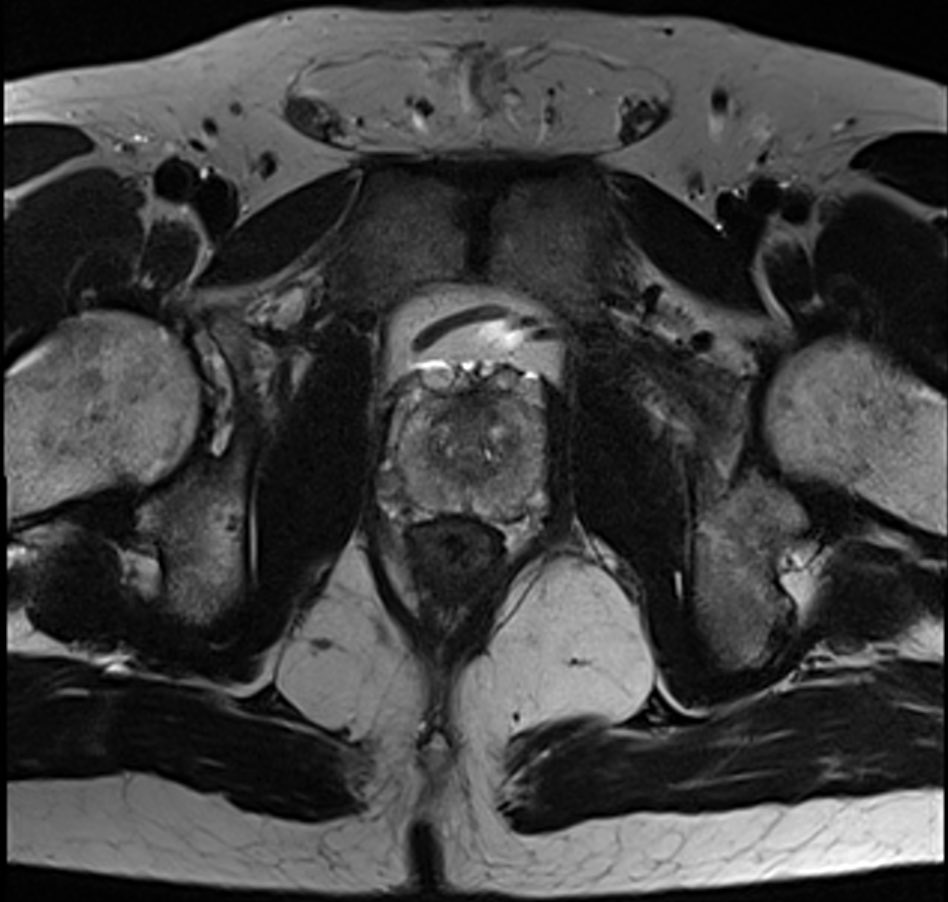
Prostate Mri Alamgordo is the most common cancer among men in the United States. It affects around 1 in 8 men and is the second leading cause of cancer death among men. Fortunately, early detection can significantly increase the chances of successful treatment. One of the most important tools for diagnosing and staging prostate cancer is Magnetic Resonance Imaging (MRI).
What Are Prostate Mri Alamgordo:
Prostate Mri Alamgordo, New Mexico, prostate MRI is available at several medical centers and hospitals. In this article, we will provide a comprehensive guide to understanding prostate MRI in Alamogordo, including its uses, benefits, and what to expect during the procedure.
What is Prostate MRI?
MRI is a non-invasive medical imaging technique that uses a strong magnetic field and radio waves to produce detailed images of the body's internal structures. A prostate MRI is a type of MRI that focuses on the prostate gland, which is a small gland in the male reproductive system that produces seminal fluid.
A prostate MRI can provide highly detailed images of the prostate gland and surrounding tissues. This can be especially useful for detecting prostate cancer, as well as other conditions that affect the prostate gland, such as prostatitis or an enlarged prostate.
Uses of Prostate MRI:
Prostate MRI can be used for several different purposes, including:
Diagnosing prostate cancer: A prostate MRI can detect the presence of tumors in the prostate gland and provide information about their size, location, and stage. This can help doctors determine the best course of treatment.
Monitoring prostate cancer: If a man has been diagnosed with prostate cancer, a prostate MRI can be used to monitor the cancer's progression and response to treatment.
Planning treatment: A prostate MRI can help doctors plan surgeries or other treatments for prostate cancer by providing detailed images of the prostate gland and surrounding tissues.
Detecting other prostate conditions: A prostate MRI can also be used to diagnose other conditions that affect the prostate gland, such as prostatitis or an enlarged prostate.
Benefits of Prostate MRI:
Prostate MRI offers several benefits over other diagnostic techniques for prostate cancer, such as biopsy. Some of the key benefits include:
Non-invasive: Prostate MRI is a non-invasive procedure, which means that it does not require any incisions or needles. This makes it a more comfortable and less risky option for many men.
High accuracy: Prostate MRI can provide highly accurate images of the prostate gland and surrounding tissues. This can help doctors detect tumors that may be missed by other diagnostic techniques.
Early detection: Prostate MRI can detect prostate cancer at an early stage, when it is most treatable. This can significantly increase the chances of successful treatment and long-term survival.
What to Expect During a Prostate MRI:
If you are scheduled for a prostate MRI in Alamogordo, there are several things you can expect during the procedure. Here is a step-by-step guide:
Preparation: Before the procedure, you may be asked to change into a gown and remove any metal objects from your body, such as jewelry or watches. You may also need to avoid eating or drinking for a few hours before the procedure.
Positioning: You will lie down on a table that slides into the MRI machine. Your feet and lower body will be positioned in a special cradle to help keep you still during the procedure.
Scanning: During the procedure, you will hear loud knocking or buzzing noises as the MRI machine takes images of your prostate gland. You may be given earplugs or headphones to help reduce the noise.
Contrast dye (optional): In some cases, you may be given a contrast dye through an IV to help enhance the images of your prostate gland.
Prostate Mri Alamgordo How does Its Work?
Prostate MRI in Alamogordo works by using a strong magnetic field and radio waves to create detailed images of the prostate gland and surrounding tissues. The procedure is non-invasive and painless, making it a safe and effective way to diagnose and monitor prostate cancer.
Here is a more detailed explanation of how prostate MRI works:
Magnetic field: A strong magnetic field is created by the MRI machine. This magnetic field aligns the hydrogen atoms in the body's tissues.
Radio waves: Radio waves are then sent into the body, which cause the hydrogen atoms to emit signals. These signals are picked up by the MRI machine and used to create images of the body's internal structures.
Imaging sequence: There are several different imaging sequences that can be used during a prostate MRI. Each sequence provides different information about the prostate gland and surrounding tissues.
Contrast dye (optional): In some cases, a contrast dye may be injected into the body through an IV. The dye can help enhance the images of the prostate gland and surrounding tissues.
The images produced by a prostate MRI can help doctors detect tumors in the prostate gland, determine the size and location of the tumors, and assess the stage of prostate cancer. This information can be used to develop a treatment plan that is tailored to the individual patient's needs.

If you want to get amazing benefits by using this link
Conclusion:
Prostate MRI is a safe and effective diagnostic tool for prostate cancer. However, it is important to note that the procedure may not be appropriate for all patients. People who have certain medical conditions, such as a pacemaker or other implanted medical devices, may not be able to have an MRI. It is important to discuss any medical conditions or concerns with your doctor before scheduling a prostate MRI.


